Environmental Groups: How They Work and How You Can Join
Ever wonder what makes an environmental group tick? In plain terms, they are people who care about the planet and team up to protect it. Some focus on big issues like climate change, while others tackle local problems such as litter or habitat loss. The key is that they turn concern into action, whether that means a protest, a clean‑up, or a letter to a council.
Types of Environmental Groups You’ll Meet
Most groups fall into three buckets. First are the big international NGOs – think Greenpeace or WWF. They have money, staff, and a global reach, so they can influence policy in several countries at once. Second are regional or national charities that work across a whole country, offering campaigns, research, and education. Third are community‑level clubs that meet in a town hall or a local park to organize tree planting, recycling drives, or wildlife surveys. Each type has its own strengths, and you can pick the one that matches your time and interests.
Finding a Group Near You
The quickest way to locate a group is to search online for "environmental groups" plus your town or postcode. Many local councils list community clubs on their websites. You can also check community notice boards, libraries, or ask at a nearby garden centre – they often host talks. Social media groups on Facebook or Nextdoor are another goldmine; members frequently share meeting times and volunteer opportunities. If you prefer a bigger picture, signing up for newsletters from Greenpeace or WWF gives you updates on national campaigns you can support from home.
Once you’ve found a group, don’t feel pressured to jump in full‑time. Attend a single meeting or a one‑off event like a beach clean‑up. This lets you see the vibe, meet the volunteers, and decide if the cause matches your values. Most groups welcome newcomers and have simple sign‑up sheets. If you like the experience, you can volunteer regularly, donate, or even take a leadership role later.
Getting involved doesn’t always mean physical labor. Many groups need people to write letters, create flyers, manage social media, or crunch numbers for fundraising. If you have a skill such as graphic design, gardening, or data entry, offer it online – remote help is a huge boost, especially for smaller clubs with limited budgets.
Why bother? Studies show that people who join environmental groups feel more connected to their community and report higher personal wellbeing. You also learn practical skills – how to compost, identify native plants, or lobby local officials. Plus, your actions add up: a single clean‑up event can prevent tons of waste from entering rivers, and a petition signed by a few hundred people can push a council to adopt greener policies.
So, whether you’re looking to protect a nearby nature reserve or support global climate action, there’s an environmental group that fits your schedule and passion. Start with a quick online search, attend a local event, and bring your skills to the table. The planet needs many kinds of help, and every small effort counts toward a healthier future.
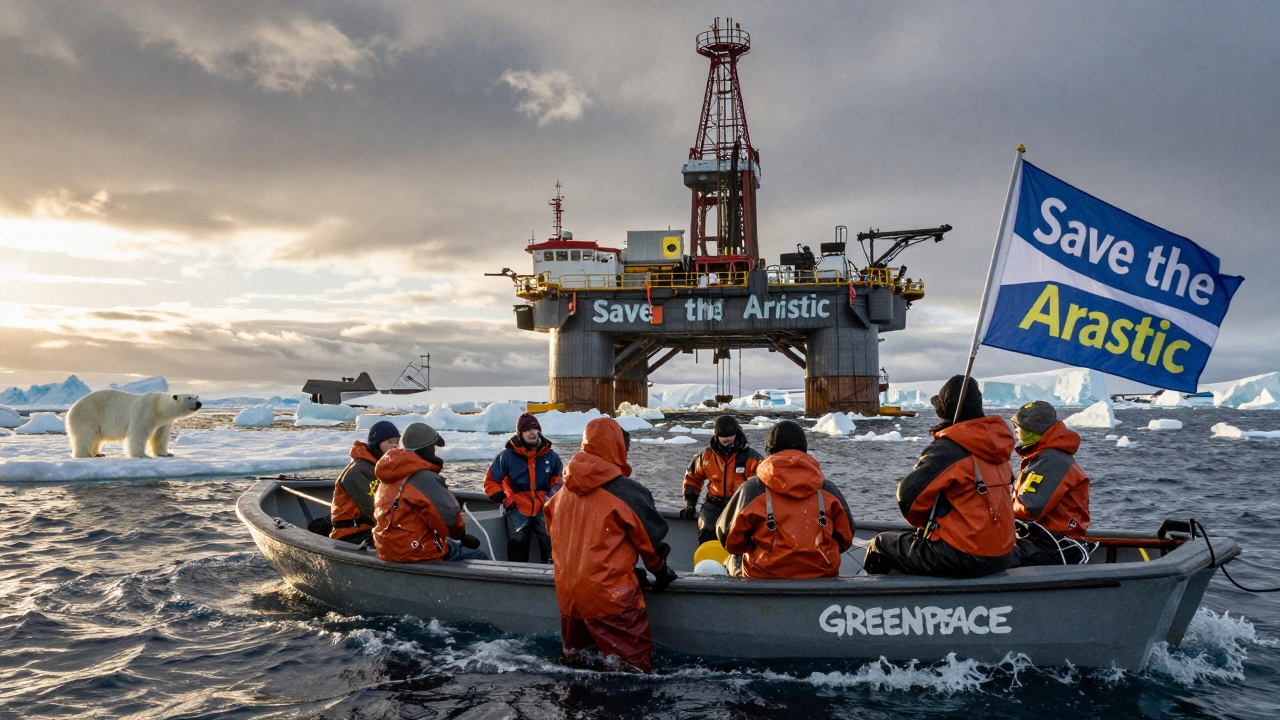
What charity helps the earth? Top organizations making a real difference
Discover the top environmental charities making real, measurable differences for the planet-from Greenpeace's bold actions to The Nature Conservancy's land protection. Learn how to choose a trustworthy group and start helping today.
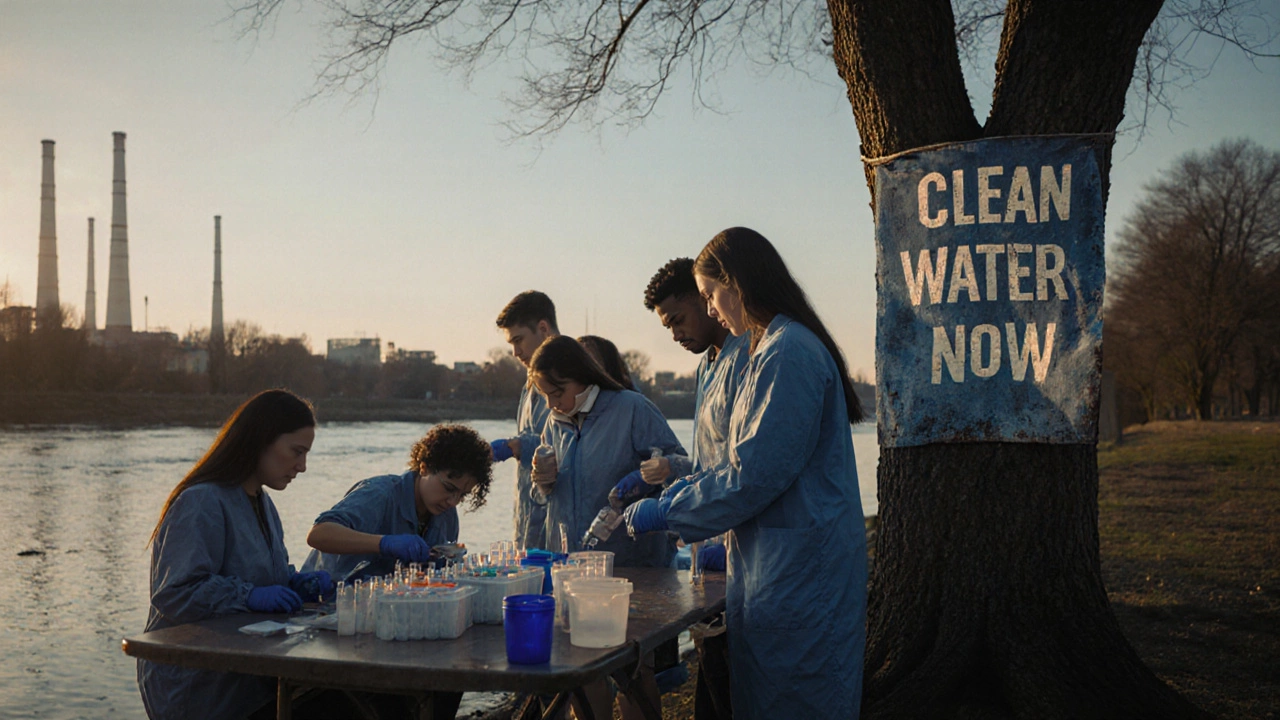
What Are the Major Roles of Environmental Groups?
Environmental groups drive real change by enforcing laws, cleaning pollution, protecting habitats, and empowering communities. They hold corporations and governments accountable-and make sure nature and people both survive.

What Are the Three Main Types of Environment? A Simple Breakdown for Everyday Understanding
Learn about the three main types of environment-natural, built, and social-and how they shape our daily lives. Understand how environmental groups work across all three to create real change.
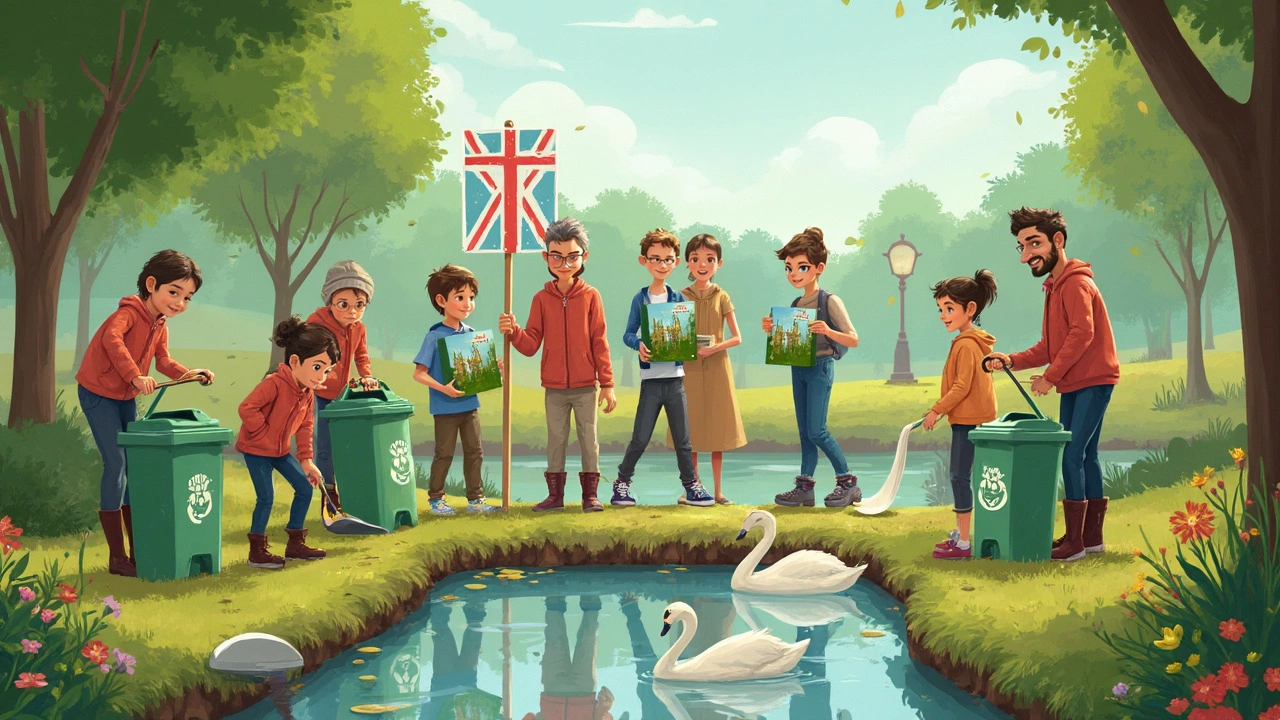
How Many Groups of Environment Do We Have? A Clear Guide to Environmental Groups
Confused by all the talk about environmental groups? This article breaks down the main groups of environment, explains what each one does, and shows how you can spot their work in real life. Get tips on how to join in or support your favorite cause. You'll see examples from everyday life and discover surprising facts about what these groups actually accomplish. If you're curious about the different types, this guide will make it super clear.
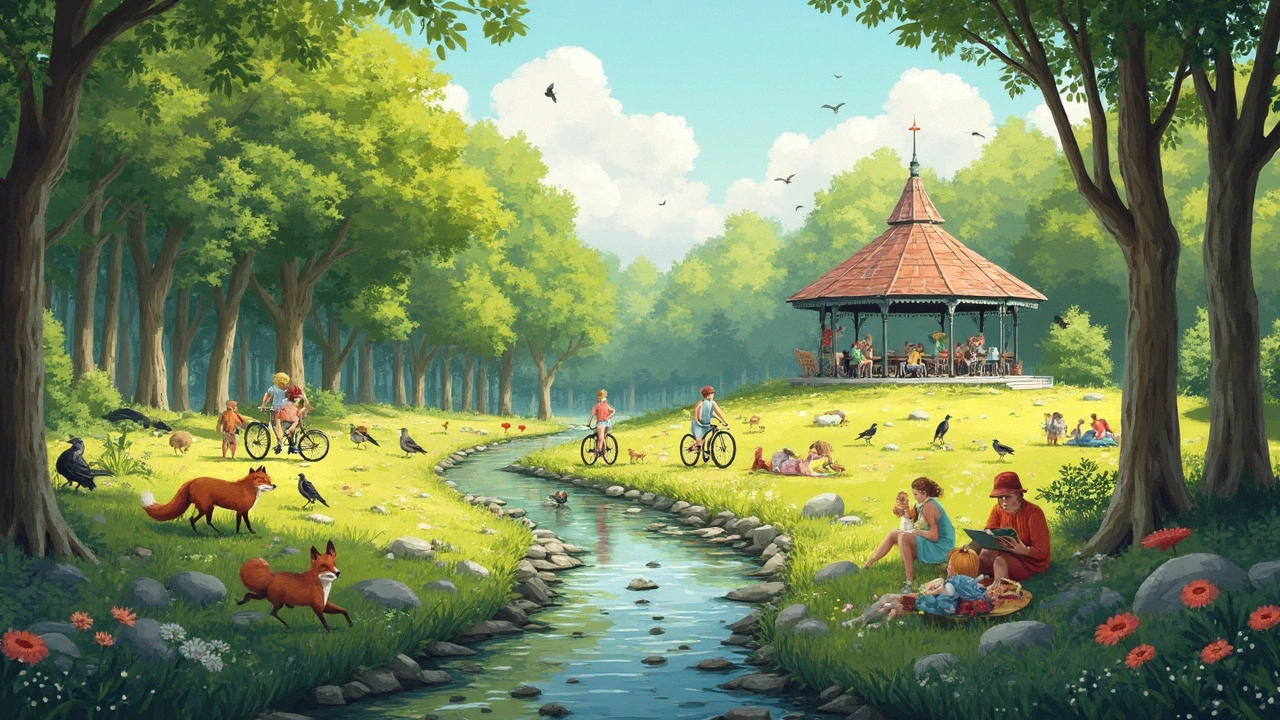
Environment Categories: The Core Three Explained
Not every part of the environment fits neatly into one box, but experts usually split it into three main categories: biotic, abiotic, and cultural. This article lays out what each group is, why they matter, and how they shape real-world environmental decisions. You'll get specific examples and tips to understand and spot these groups in daily life. Plus, we'll dig into how knowing these categories can help you get more involved in local green projects and make smarter choices at home.
Who Is the Most Famous Environmentalist? Unpacking the Icons That Changed Activism
Who really comes to mind when you think about environmental icons? This article explores the lives and impact of the world’s most famous environmentalists, breaking down what makes them stick in people’s minds. You'll get practical tips if you want to join the movement, and learn surprising facts about their influence and the environmental groups linked to their work. See how any regular person can make waves just like the pros. Let’s dig into the real-world guides left by the legends of climate activism.
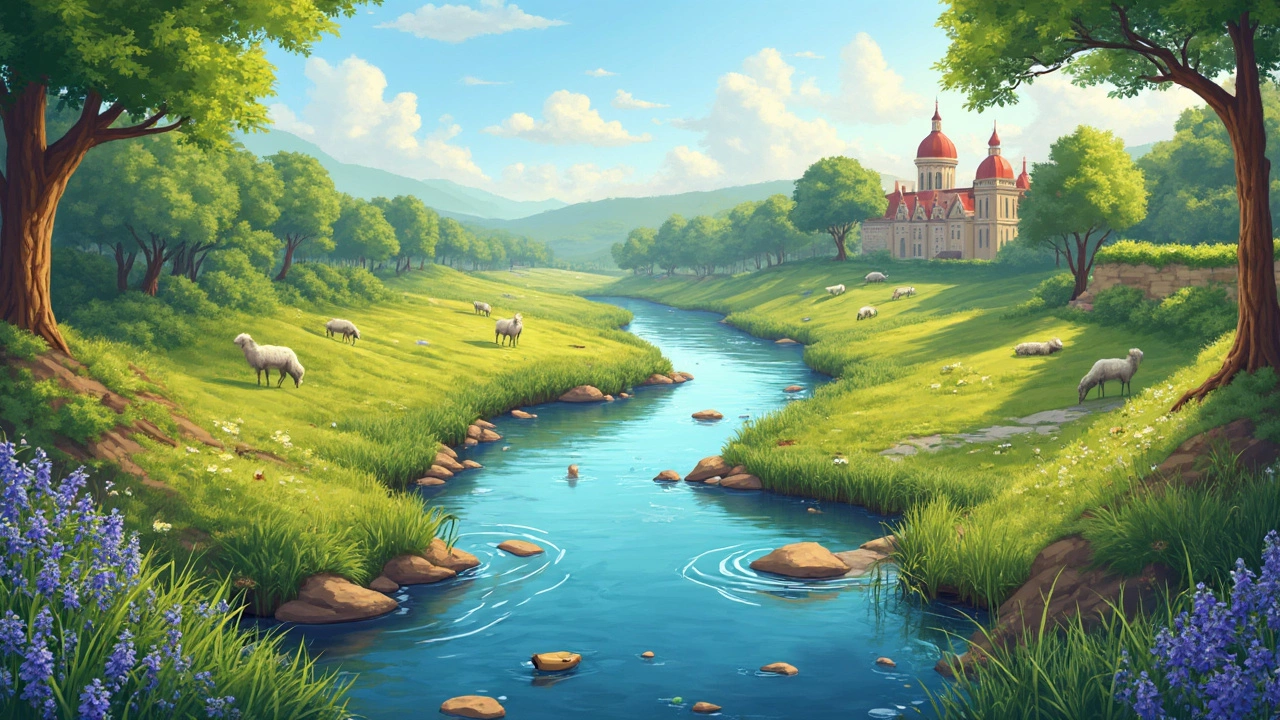
Five Types of Environments: Breaking Down the Basics
This article explains the five main types of environments, making the differences clear and easy to remember. You'll learn how each environment supports life in unique ways and how they connect to our daily lives. Get quick tips for identifying these environments around you and see why understanding them matters for both humans and nature. We’ll bust a few myths and make environmental talk less confusing. This will help you see the world around you in a whole new way.

Biggest Environmental Interest Group: The Power Players
Environmental interest groups play a pivotal role in preserving our planet. Of these, Greenpeace stands out as one of the largest and most influential, tackling significant issues like climate change, deforestation, and ocean protection. By engaging millions globally, they push for policy changes and raise awareness through innovative campaigns. Their success is often measured by the impact of their actions and the breadth of their influence. Their dynamic approach continues to inspire both individuals and other organizations to join the green movement.